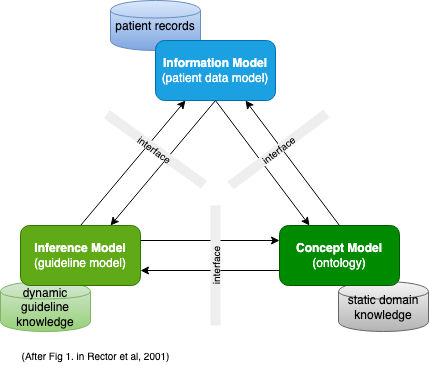PROBLEM
In the past I have worked extensively on semantic standards in CEN and HL7, but I am not familiar with openEHR. I need to understand what is the right way to create archetypes.
MAIN GOAL
From my previous experience, I was involved in an initiative of the Italian industrial association (Confindustria).
They want to disseminate to clinicians and vendors a list of possible ‘useful’ data in situations that are frequent in major chronic diseases and that involve different professionals in terms of culture, purpose and context.
In this way in Italy we could (perhaps) start to create a critical mass of quality data, originally created in a way that is more suitable for multiple use by different actors and for different purposes.
WORK PLAN
We have gathered the consensus of both the 2 Italian diabetes societies on a list of about 150 relevant items; we have started the work on the other diseases .
We have agreements with HL7 Italy and IHE Italy for their future role.
By the end of the year we want to have harmonised data lists for 5 pathologies, ready to be structured with openEHR, and to understand how to manage them with FHIR.
QUESTION
I have prepared an example on the diabetic foot, to understand what style rules should be applied when creating new archetypes, homogeneous with existing ones.
In the file below I copied the SNOMED CT codes involved, and the subset of terms on diabetic foot agreed by the Italian diabetologists.
Then I’ve put the ontological structure inspired by that sample.
See: Dropbox - ROT31-model-diabetic foot.docx
What is the best way to build an archetype?
